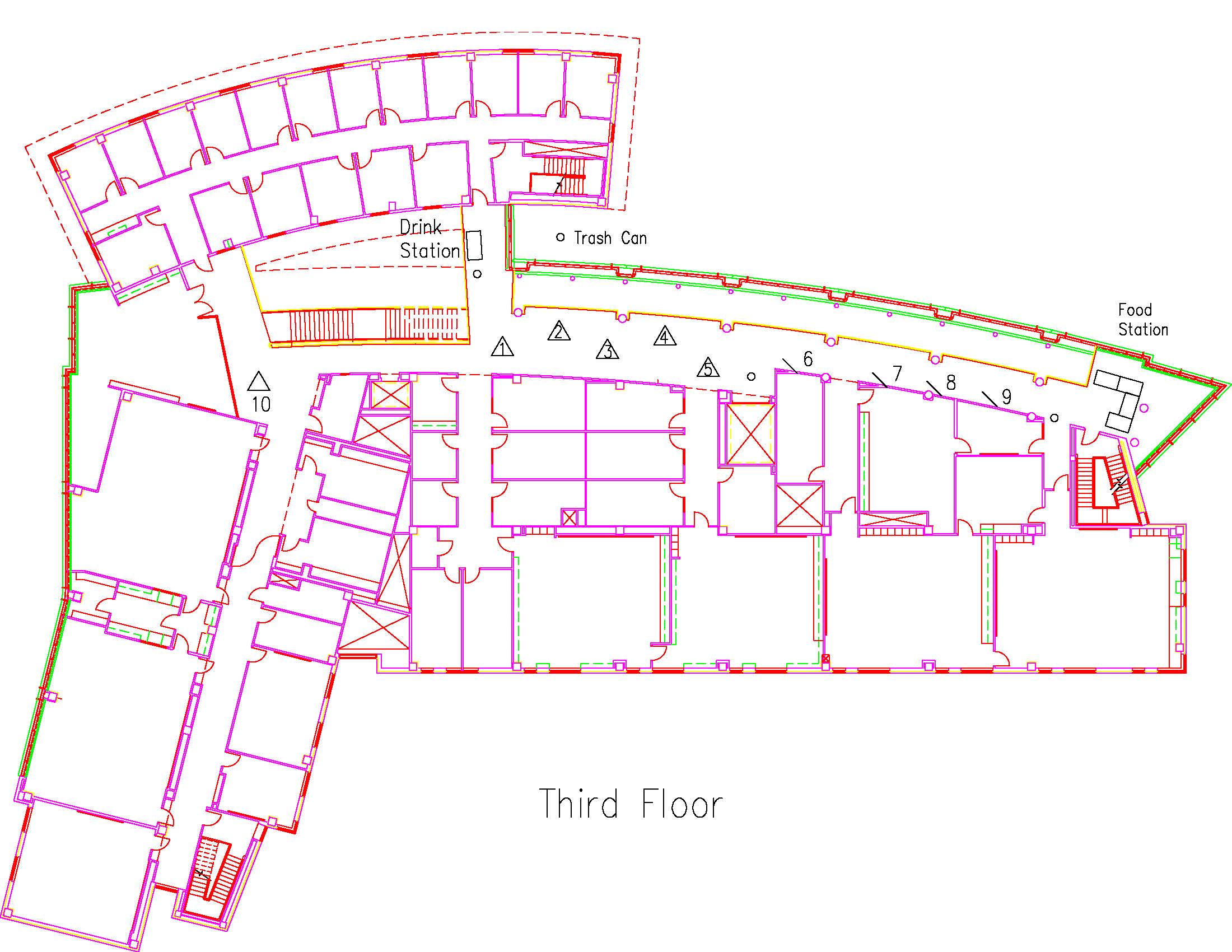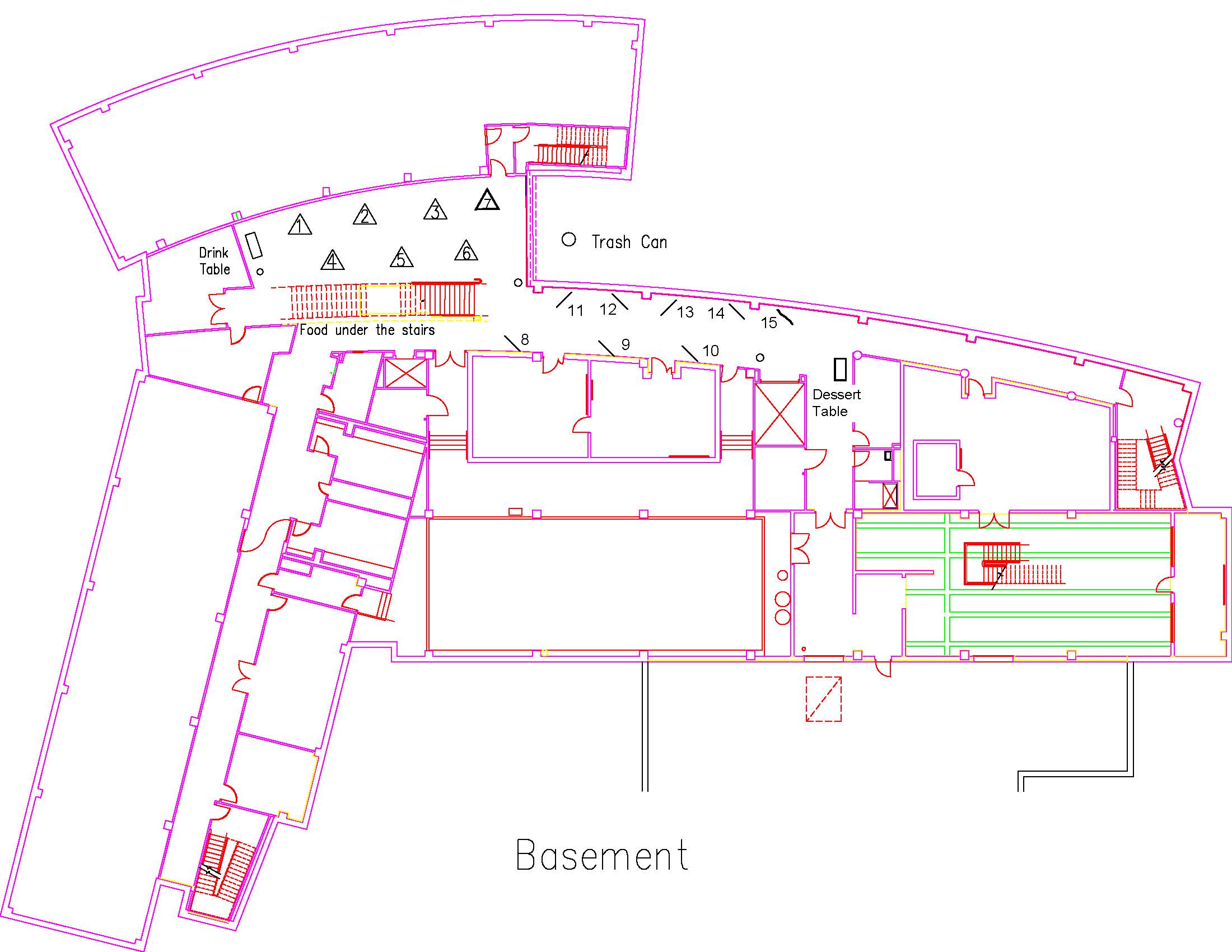ENGR2019THACH59309 ENGR
Design of Robotics Vehicle with Autonomous Navigation And Obstacle Avoidance
Type: Undergraduate
Author(s):
Bao Thach
Engineering
Sam Adams
Engineering
Ben Krause
Engineering
Irene Kwihangana
Engineering
Chris Prasai
Engineering
Advisor(s):
Morgan Kiani
Engineering
Location: Session: 2; 3rd Floor; Table Number: 4

View PresentationIn our project, a control-theory based algorithm would be employed to develop a small electric vehicle that can self-navigate through an unknown course to arrive at the desired location while avoiding obstacles and walls. This project is an extension of our successful project funded last year, in which we were able to operate a partially autonomous car to run around a location, and generate a virtual map. Our team expects to grant the car full autonomy like a self-driving car and let it travel through a relative abundance of places to create computer models of critical infrastructures without the help of humans. The success of this project will have a broad impact on society. First, this capability would be useful in self-driving cars, which allow drivers to spend their time more productively instead of driving to work or assist disabled people. Second, the car can generate a simulated model of places that help to analyze unknown locations. Finally, the project can surely create a platform for future TCU engineering students to learn about self-driving car technology and machine learning. This project is expected to succeed due to the achievements we gained from the previous project.
The algorithm will be written in Python/ROS, controlled by Raspberry Pi 3, and tested on a walled course constructed by us. It should be able to navigate a course, without having already driven through it. Another special feature is that the car will also precisely arrive at a pre-determined location.
ENGR2019WHITE19751 ENGR
Design of a Mechanical Clutch System for a Programmable Surface
Type: Undergraduate
Author(s):
Caydn White
Engineering
Advisor(s):
Stephen Weis
Engineering
Location: Session: 1; Basement; Table Number: 3

View PresentationFlatfoot and cavus foot are postural issues that affect approximately 40% of people and can be corrected by means of orthotic inserts for shoes. A digitally reconfigurable mold is being developed as a tool for orthotists to visualize and fabricate orthotic inserts. The surface will be formed by an array of solenoid actuators controlled by the orthotist. The patient will stand on the reconfigurable surface while the orthotist evaluates the patient’s needs by manipulating the surface. Once the orthotist is satisfied with the array, the surface position will be held by a clutch system, so the patient can step off the surface and the surface positions can be recorded. This work describes my development of a prototype mechanical clutch for the digitally reconfigurable surface. The result of this project is a proof-of-concept design of an array of twenty-five physical clutch points which may be individually addressed by means of servo motors controlled by an Arduino microcontroller. With the development of this prototype, it is believed that such a control interface could be implemented on a system large enough for an adult human to stand on. This proof-of-concept is a small step in a larger project of developing a full-scale reconfigurable surface by which an orthotist could create posture correcting devices.
ENSC2019BARBARA55254 ENSC
Case Study of Urban Heat Islands in Fort Worth, Texas
Type: Undergraduate
Author(s):
Makenna Barbara
Environmental Sciences
Advisor(s):
Becky Johnson
Environmental Sciences
Becky Bittle
Engineering
Tamie Morgan
Geological Sciences
Location: Session: 1; Basement; Table Number: 4

View PresentationUrban Heat Islands (UHI) describe a phenomenon of increasing ambient temperature in densely built areas of cities as compared to rural areas. Impervious cover, ubiquitous in urban areas, appears to absorb solar radiation and reemit that radiation as heat. Urbanization and UHIs have impacts that range from local to global scales and can be found in cities of all sizes and climatic regions (Fernando 2013). This study focused on Tarrant County, Texas and analyzed changes in impervious surface cover and average monthly temperatures at four different NOAA weather monitoring stations over approximately 60 years in a search for urban heat island effect. Temperature analysis indicates an increase in temperature over the 60-year period. This study aims to determine whether that temperature increase is due to UHI.
ENSC2019DUCHARME26150 ENSC
A Changing Urban Ecosystem: Seattle, Washington
Type: Undergraduate
Author(s):
Claire Ducharme
Geological Sciences
Advisor(s):
Tamie Morgan
Geological Sciences
Location: Session: 1; Basement; Table Number: 3

View PresentationThe Urban Heat Island effect, or UHI, describes a phenomena involving heighted temperature indices in metropolitan areas when compared to surrounding rural landscapes. An increasingly relevant area of study following the advent of global warming, today, the associated “infernos” plaguing urban landscapes across the globe have the capacity to seep beyond concrete jungle walls, to reap havoc on once lush and vibrant vegetation and ecosystems. The following analysis combines an understanding of the Urban Heat Island effect with Remote Sensing technologies and Landsat Aerial Imagery to uncover the impact of urbanization in Seattle, Washington. With an emphasis on illustrating change over time, historical data surrounding imaging and climate trends further support this GIS analysis of vegetation in Seattle.
ENSC2019HINTON16070 ENSC
Water Level Analysis of Lake Mead
Type: Undergraduate
Author(s):
Reed Hinton
Environmental Sciences
Advisor(s):
Tamie Morgan
Geological Sciences
Location: Session: 1; Basement; Table Number: 9

(Presentation is private)Water resources are critical to areas experiencing urbanization and a rapidly increasing population. The depletion of these resources due to either human usage or environmental factors has the potential to lead to water scarcity in surrounding areas. A GIS analysis was conducted on Lake Mead near Las Vegas to assess the change in water level over time.